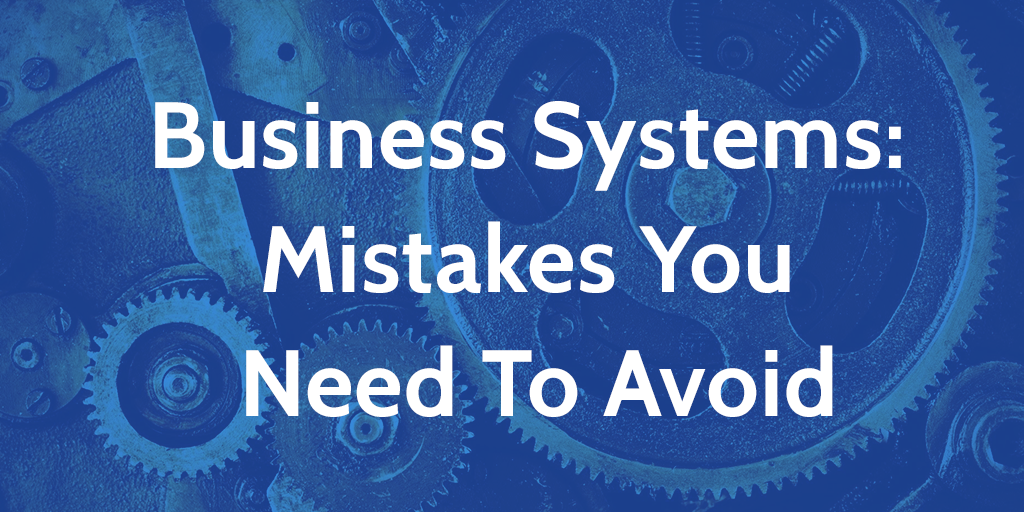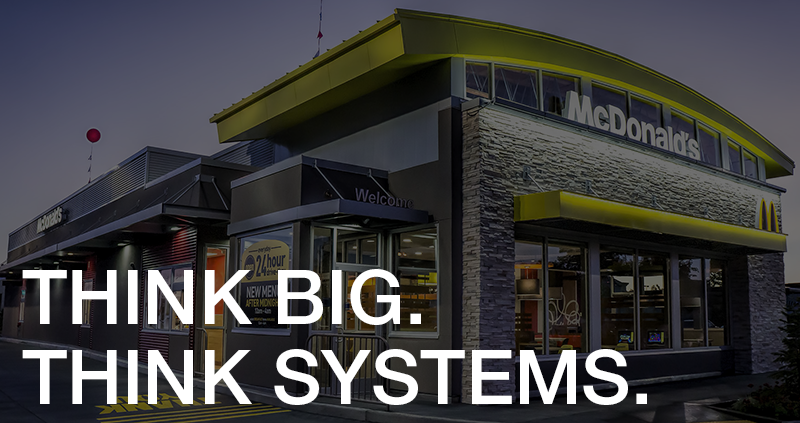
Business systemization gained notoriety from the bestselling book by Michael E. Gerber, published in 1986, The E-Myth – Why most businesses don’t work and what to do about it. In 2011, this groundbreaking book was named the number 1 business book of all time by The Wall Street Journal. In The E-Myth (Entrepreneurial Myth) Gerber explains how businesses are usually started by those who know the content of a business – so-called “Technicians”, people who know how to do the technical work involved in an enterprise – rather than by those who know business itself – so-called “Entrepreneurs” – and why start-ups are therefore by definition prone to failing.
In order for a company or business to thrive, it must move beyond relying on the so-called “Technician” who is now also the company owner. Gerber uses the franchise model to demonstrate how a business does this: Franchises are prototype businesses that are operated in terms of well-documented systems, i.e., there are manuals describing in minute detail how to run the business. Gerber argues that the entrepreneur should spend time creating a business that can run by itself, without the presence of the entrepreneur, and this is achieved through business systemization.







 Workflows
Workflows Projects
Projects Data Sets
Data Sets Forms
Forms Pages
Pages Automations
Automations Analytics
Analytics Apps
Apps Integrations
Integrations
 Property management
Property management
 Human resources
Human resources
 Customer management
Customer management
 Information technology
Information technology






